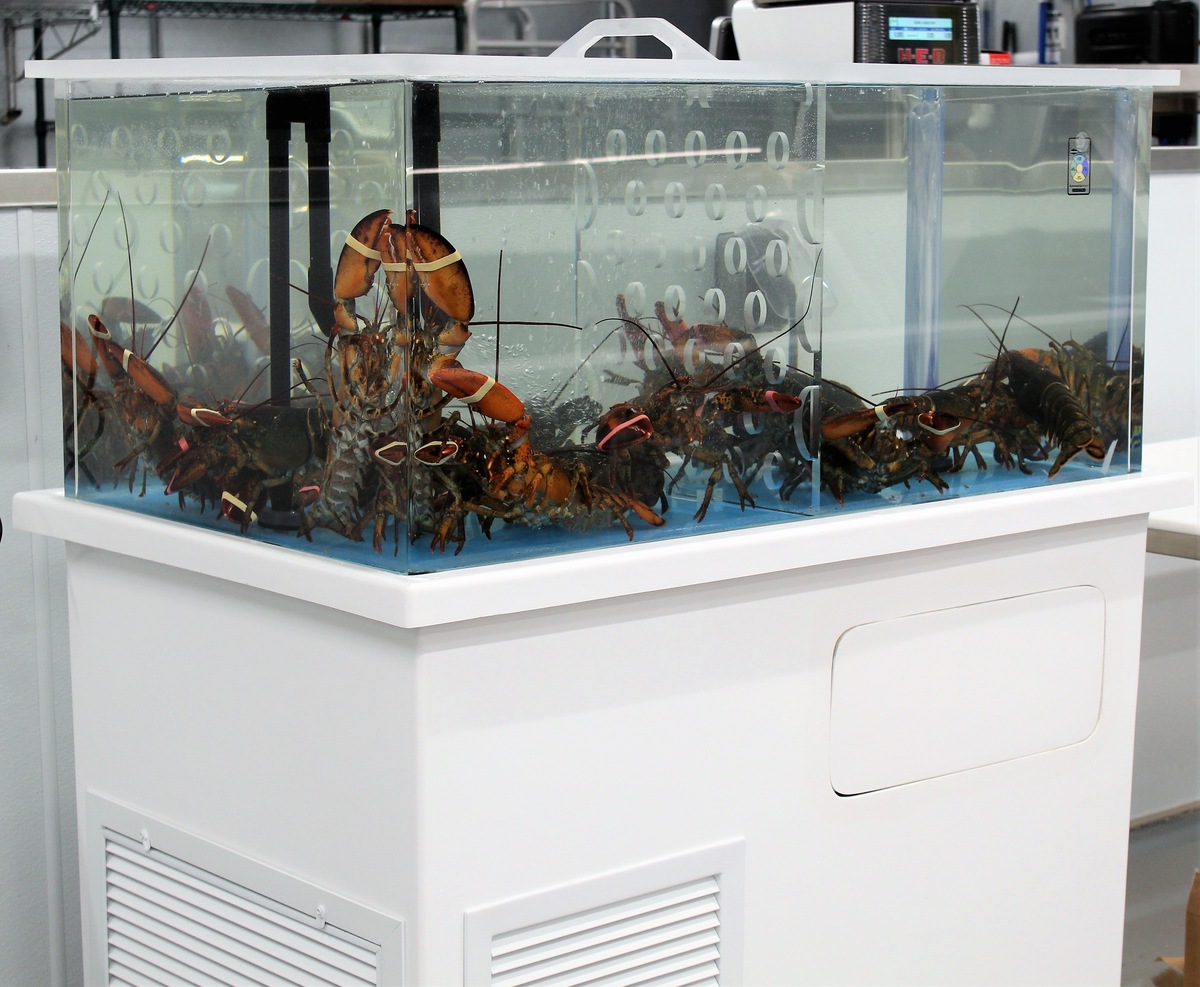

Articles
How To Store Live Lobsters
Modified: February 26, 2024
Learn how to store live lobsters properly in this informative article. Find tips and tricks to keep your lobsters fresh and delicious until you're ready to cook them.
(Many of the links in this article redirect to a specific reviewed product. Your purchase of these products through affiliate links helps to generate commission for Storables.com, at no extra cost. Learn more)
Introduction
Welcome to the wonderful world of live lobsters! Whether you’re a seafood enthusiast, a professional chef, or someone looking to enjoy a special meal at home, understanding how to properly store live lobsters is essential. The freshness and quality of the lobsters can greatly impact the taste and texture of your dish, so it’s important to handle them with care.
In this article, we will explore the various methods and techniques for storing live lobsters to ensure they stay healthy and vibrant until you’re ready to prepare them. We’ll delve into the anatomy and behavior of lobsters, provide tips on preparing for lobster storage, guide you through the process of storing live lobsters using refrigeration or tank methods, and offer valuable advice on handling and transporting these magnificent creatures.
By following the proper storage procedures, you can maintain the flavor and freshness of the lobsters, guaranteeing an unforgettable dining experience. So, let’s dive in and discover the secrets to preserving live lobsters!
Key Takeaways:
- Properly storing live lobsters involves understanding their anatomy, creating the ideal storage environment, and choosing between refrigeration and tank methods. Handling and transporting them safely ensures a delightful dining experience.
- By following the right storage techniques and handling precautions, you can maintain the freshness and flavor of live lobsters. Whether you’re a seafood enthusiast or a professional chef, these tips will elevate your culinary skills.
Read more: How To Store A Live Lobster
Understanding Live Lobsters
Before we delve into the storage methods for live lobsters, it’s crucial to have a basic understanding of these fascinating creatures. From their anatomy to their behavior, let’s explore what makes lobsters unique.
Anatomy of a Lobster
Lobsters have a distinct anatomy that sets them apart from other marine species. Their bodies consist of a hard exoskeleton, which protects their delicate internal organs. Lobsters have five pairs of legs, with the front pair being their claws. The larger claw is called the crusher claw, while the smaller one is the cutter claw, used for tearing food. They also possess a long, segmented tail that allows for powerful swimming movements.
The body of a lobster is divided into two main sections: the cephalothorax and the abdomen. The cephalothorax houses the lobster’s vital organs, including the stomach, gills, brain, and nervous system. The abdomen contains the digestive system and reproductive organs.
Lobster Behavior
Lobsters are nocturnal and typically hide in crevices and burrows during the day to protect themselves from predators. They are also highly territorial and will fiercely defend their territories by using their claws and occasionally engaging in aggressive displays.
Lobsters have a keen sense of smell and taste, relying on their sensitive antennae to detect food and potential mates. They are opportunistic feeders, consuming a wide variety of prey, including fish, mollusks, and even other lobsters.
Furthermore, lobsters have an impressive ability to regenerate lost limbs. If a lobster loses a claw in a fight or during a molt, it can grow back a new one over time. This remarkable regenerative ability ensures their survival in the wild.
Lobster Handling Tips
Handling live lobsters requires caution and knowledge to prevent injuries to both the lobster and yourself. Here are some essential tips to keep in mind:
- Always handle lobsters by their carapace (the hard shell on their back) to avoid getting pinched by their claws.
- Hold lobsters firmly but gently to prevent them from slipping out of your grasp.
- Avoid picking up lobsters by grabbing their tails, as this can cause injury and stress to the lobster.
- If a lobster does manage to grab onto your hand, carefully and slowly pry open its claw without applying excessive force.
- When working with multiple lobsters, it’s best to handle them one at a time to minimize the risk of accidental pinching or injury.
By understanding the anatomy, behavior, and proper handling techniques, you’ll be well-equipped to care for live lobsters during the storage process. With this solid foundation, we can now move on to preparing for lobster storage.
Read more: How To Store Live Lobster
Preparing for Lobster Storage
Now that you have a good understanding of live lobsters, it’s time to prepare for their storage. Creating the proper environment is crucial to ensuring the health and quality of the lobsters during their time in captivity. Here, we’ll discuss how to choose the right container and create the ideal environment for lobster storage.
Choosing the Right Container
When it comes to selecting a container for lobster storage, there are a few key factors to consider. Firstly, choose a container that is sturdy and durable, capable of securely holding the lobsters without any risk of leaks or damage. A food-safe plastic or insulated container is a popular choice for storing live lobsters.
The size of the container is also important. It should be spacious enough to accommodate the lobsters comfortably without overcrowding them. Overcrowding can lead to stress and fights among the lobsters, which can result in injury or even death.
Additionally, make sure the container has a lid or cover that can be securely fastened. This will prevent the lobsters from escaping or any other pests from entering the container.
Creating the Ideal Environment
The environment in which lobsters are stored should mimic their natural habitat as closely as possible. This means creating the ideal conditions in terms of temperature, moisture, and air circulation.
Temperature: Lobsters are cold-water creatures, so it’s important to maintain a cool temperature for storage. The ideal temperature range for lobster storage is between 38°F (3°C) and 45°F (7°C). Avoid freezing temperatures, as extreme cold can harm the lobsters.
Moisture: Lobsters require a moist environment to keep their gills and bodies hydrated. You can achieve this by placing a damp towel or some seaweed in the container. However, be careful not to make the environment too wet, as excessive moisture can lead to deterioration of the lobsters’ health.
Air Circulation: Proper air circulation is essential to prevent a buildup of carbon dioxide in the container. Ensure that the container has small holes or vents to allow for adequate airflow.
It’s also worth noting that maintaining a quiet and calm environment can help reduce stress for the lobsters. Avoid loud noises, sudden movements, or any other disturbances that can agitate them.
By choosing the right container and creating the ideal environment, you’re setting the stage for successful lobster storage. Now that you’re well-prepared, let’s proceed to the next step: storing live lobsters using either the refrigeration method or the tank method.
Storing Live Lobsters
When it comes to storing live lobsters, there are two primary methods you can choose from: the refrigeration method and the tank method. Both methods have their advantages and considerations. Let’s explore each method in detail.
Read more: How To Store Live Lobsters Overnight
Refrigeration Method
The refrigeration method is a popular choice for storing live lobsters, especially for short-term storage. Here’s how to do it:
Setting the Temperature
Firstly, set your refrigerator to a temperature between 38°F (3°C) and 45°F (7°C). This temperature range mimics the lobsters’ natural habitat and ensures their survival and freshness.
Properly Packing Lobsters
Before placing the lobsters in the refrigerator, ensure they are properly packed. Place the lobsters in a plastic bag or container lined with a damp cloth or seaweed to keep them moist and prevent drying out. Make sure the container is closed or sealed tightly to maintain the desired temperature and prevent any leakage.
Duration of Refrigeration
Refrigeration is best suited for short-term storage, typically up to 24-48 hours. Beyond this time frame, the lobsters may experience a decline in quality and freshness. It’s essential to cook or consume the lobsters as soon as possible to fully enjoy their flavor and texture.
Tank Method
The tank method is an alternative to refrigeration and is often preferred for long-term lobster storage or when refrigeration is not readily available. Here’s how to store lobsters using the tank method:
Selecting the Tank
Choose a tank that can accommodate the lobsters comfortably without overcrowding. The tank should be made of a non-toxic material such as plastic or fiberglass and should have a secure lid to prevent the lobsters from escaping.
Maintaining Water Quality
Fill the tank with clean, non-chlorinated seawater or saltwater mix. It’s essential to maintain good water quality to ensure the lobsters’ health and well-being. Regularly check the water conditions, including salinity, temperature, and pH levels, to ensure they are within the suitable range for lobsters.
Feeding Lobsters
Provide the lobsters with a proper diet to ensure their nutrition. Lobsters are opportunistic feeders and will eat a variety of prey, including fish, shrimp, and other shellfish. However, be cautious not to overfeed, as excess food can degrade water quality.
Water Temperature and Aeration
Maintain the tank’s water temperature between 38°F (3°C) and 45°F (7°C) to replicate the lobsters’ natural habitat. Additionally, ensure proper aeration in the tank to maintain oxygen levels and provide the lobsters with a conducive environment.
Remember to monitor the lobsters regularly and make adjustments as needed to ensure their well-being. Regardless of the storage method you choose, it’s important to handle live lobsters with care during the storage process. In the next section, we’ll explore how to handle and transport live lobsters safely.
Handling and Transporting Live Lobsters
Handling and transporting live lobsters requires careful attention to ensure their well-being and prevent any harm to both the lobsters and the handlers. In this section, we’ll discuss how to handle lobsters safely and how to pack them for transport.
Safely Handling Lobsters
When handling live lobsters, it’s essential to take precautions to avoid any injuries, such as getting pinched by their powerful claws. Here are some tips for safely handling lobsters:
- Always approach lobsters from the rear to minimize the risk of getting pinched.
- Grasp the lobster firmly but gently by the carapace (the hard shell on its back) with one hand, ensuring your fingers are on opposite sides of the carapace.
- Support the weight of the lobster with your other hand below its abdomen.
- Avoid excessive squeezing or squeezing the lobster’s delicate organs.
- Keep a firm grip on the lobster and avoid sudden movements to prevent it from slipping out of your hands.
- If a lobster does manage to grab onto your hand, resist the urge to forcefully pry it open. Instead, gently and slowly massage the muscles at the base of the claws to encourage it to release its grip.
By following these handling tips, you can minimize the risk of injury to yourself and stress to the lobsters. Now let’s move on to packing live lobsters for transport.
Read more: How To Store Live Lobster Before Cooking
Packing for Transport
When packing live lobsters for transport, it’s crucial to provide a secure and comfortable environment to ensure their safety and well-being. Here’s how to pack lobsters for transport:
- Use a sturdy, well-ventilated container that is appropriate for the number of lobsters being transported.
- Line the bottom of the container with a damp cloth or seaweed to keep the lobsters moist during the journey.
- Place the live lobsters in the container, ensuring they have enough space to move around without overcrowding.
- Secure the lid of the container tightly to prevent any escape or leakage during transit.
- Avoid placing the container in direct sunlight or extreme temperatures, as this can stress the lobsters.
- If transporting over long distances, consider using insulated packaging or ice packs to maintain the desired temperature.
It’s important to minimize the duration of transport as much as possible to reduce stress on the lobsters. Once you reach your destination, it’s advisable to cook or release the lobsters as soon as possible.
By handling lobsters safely and packing them properly for transport, you can ensure their well-being and maintain their quality until they reach their final destination. In the next section, we’ll conclude our exploration of storing live lobsters and recap the key points.
Conclusion
Congratulations! You have now learned the fundamentals of storing live lobsters, from understanding their anatomy and behavior to preparing the ideal environment and selecting the appropriate storage methods. By following the proper techniques and guidelines, you can ensure that your live lobsters remain healthy and vibrant until you’re ready to enjoy them.
During the storage process, it’s crucial to handle the lobsters with care, utilizing techniques that minimize the risk of injury to both yourself and the lobsters. Whether you choose the refrigeration method or the tank method, maintaining the right temperature and providing a suitable environment is key.
Remember to monitor the lobsters regularly and make adjustments as necessary to ensure their well-being. If you’re transporting live lobsters, take precautions to pack them securely and comfortably, minimizing the duration of the journey as much as possible.
By properly storing and handling live lobsters, you can preserve their freshness, flavor, and texture, ensuring a memorable culinary experience. Whether you’re preparing a gourmet feast or enjoying a special meal at home, the quality of the lobsters can greatly enhance your dining experience.
So, the next time you find yourself with live lobsters, rest assured that you have the knowledge and skills to store them safely and maintain their quality. Enjoy the process, and savor the delicious flavors that these magnificent creatures have to offer!
Frequently Asked Questions about How To Store Live Lobsters
Was this page helpful?
At Storables.com, we guarantee accurate and reliable information. Our content, validated by Expert Board Contributors, is crafted following stringent Editorial Policies. We're committed to providing you with well-researched, expert-backed insights for all your informational needs.
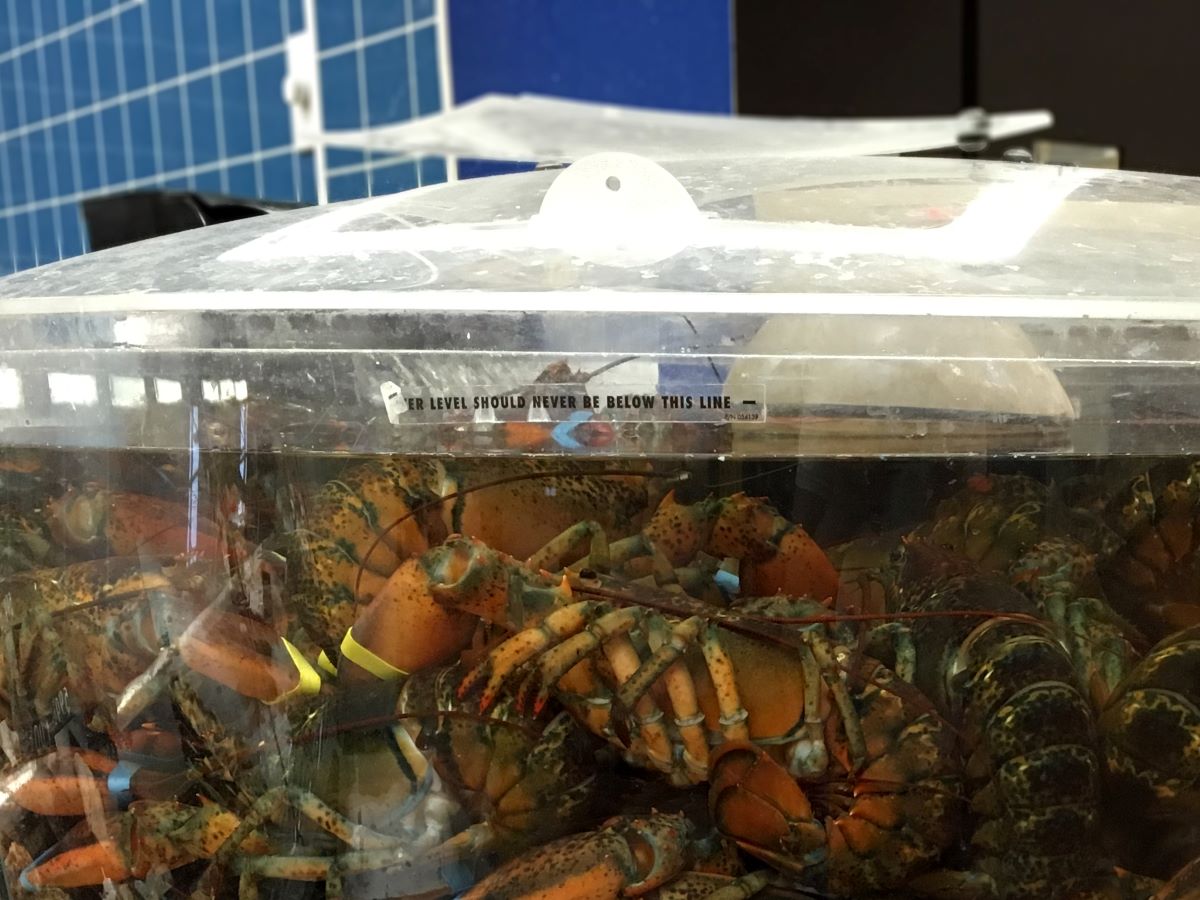
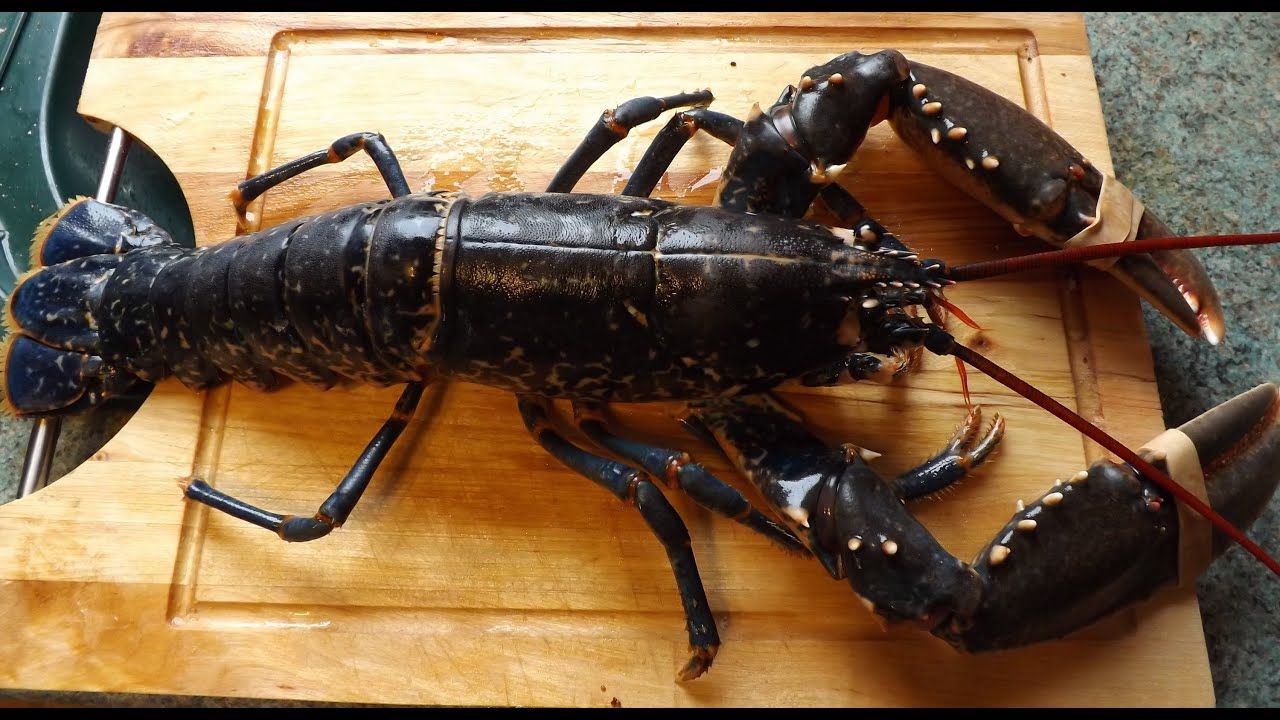
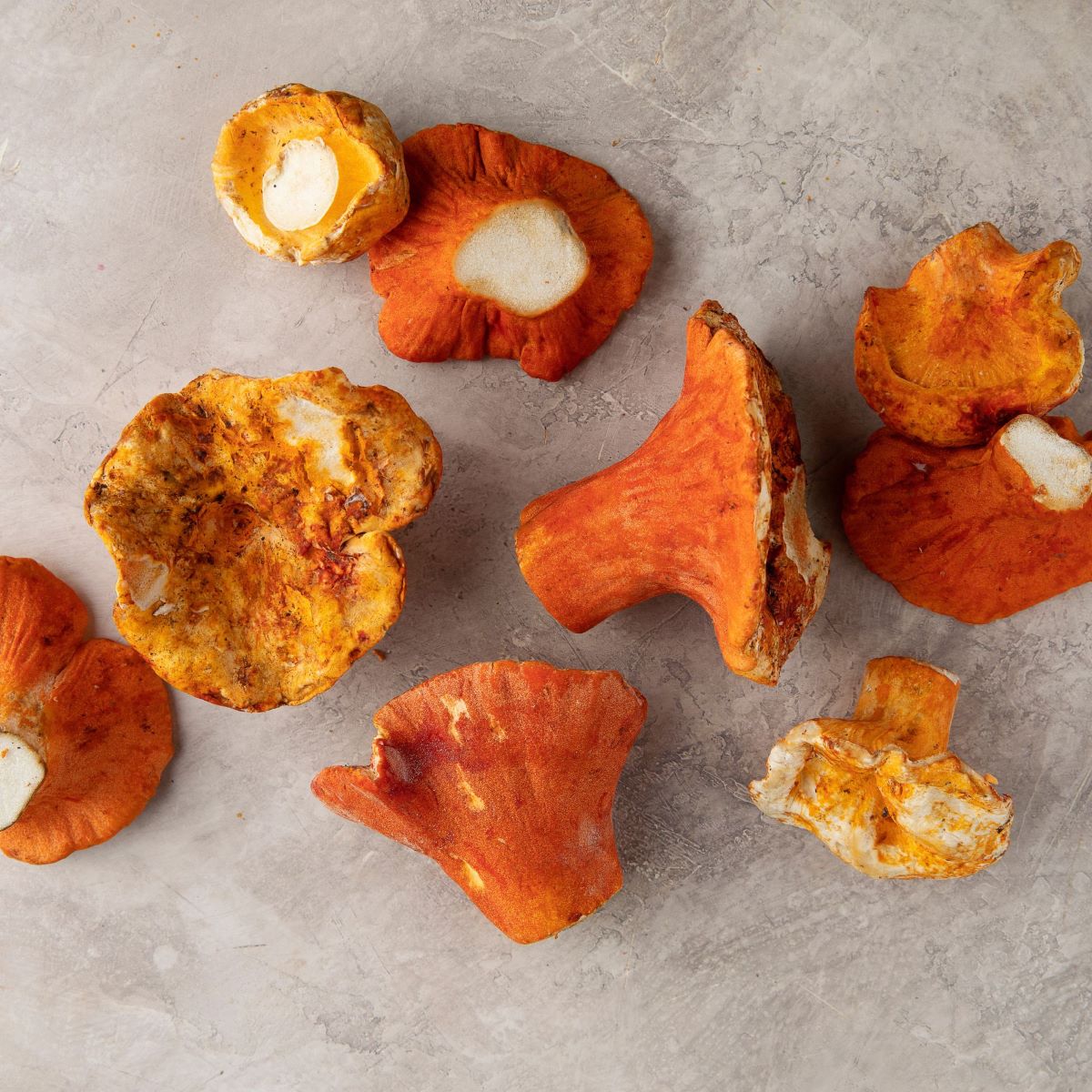

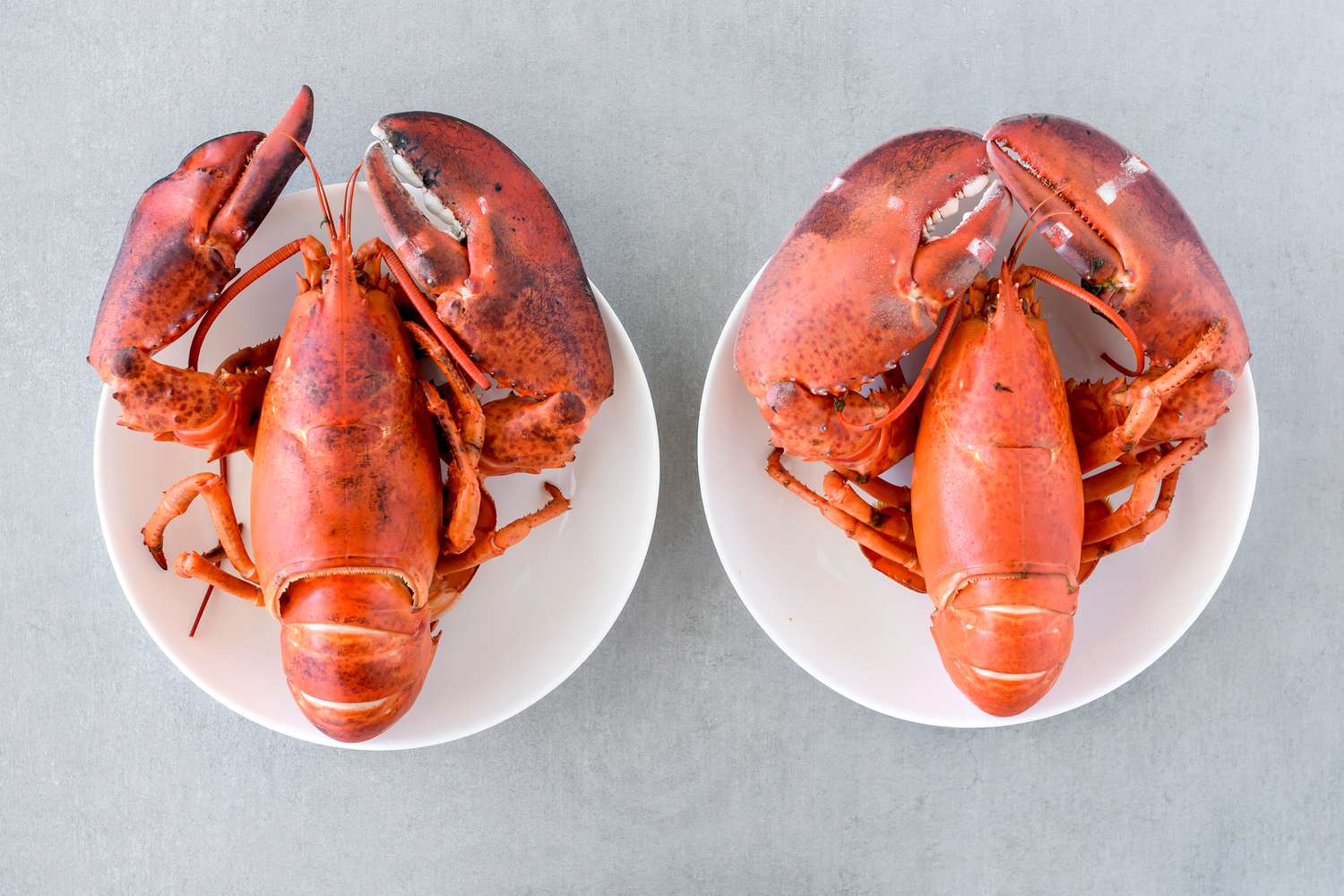


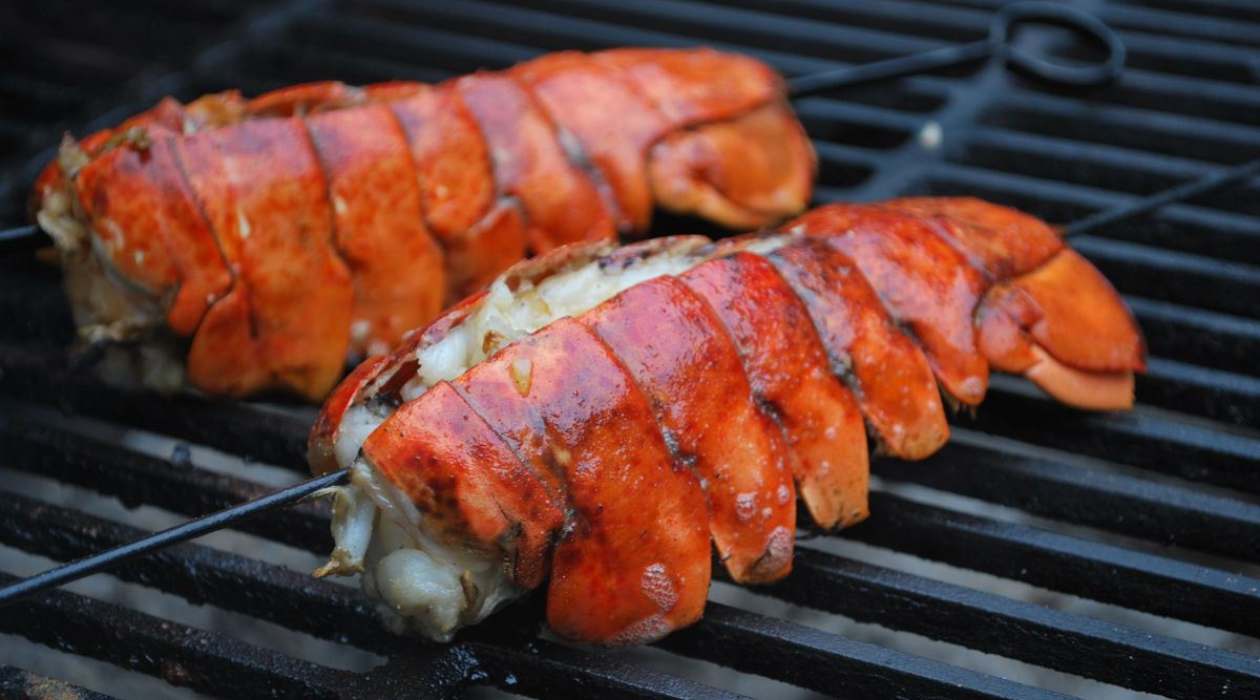
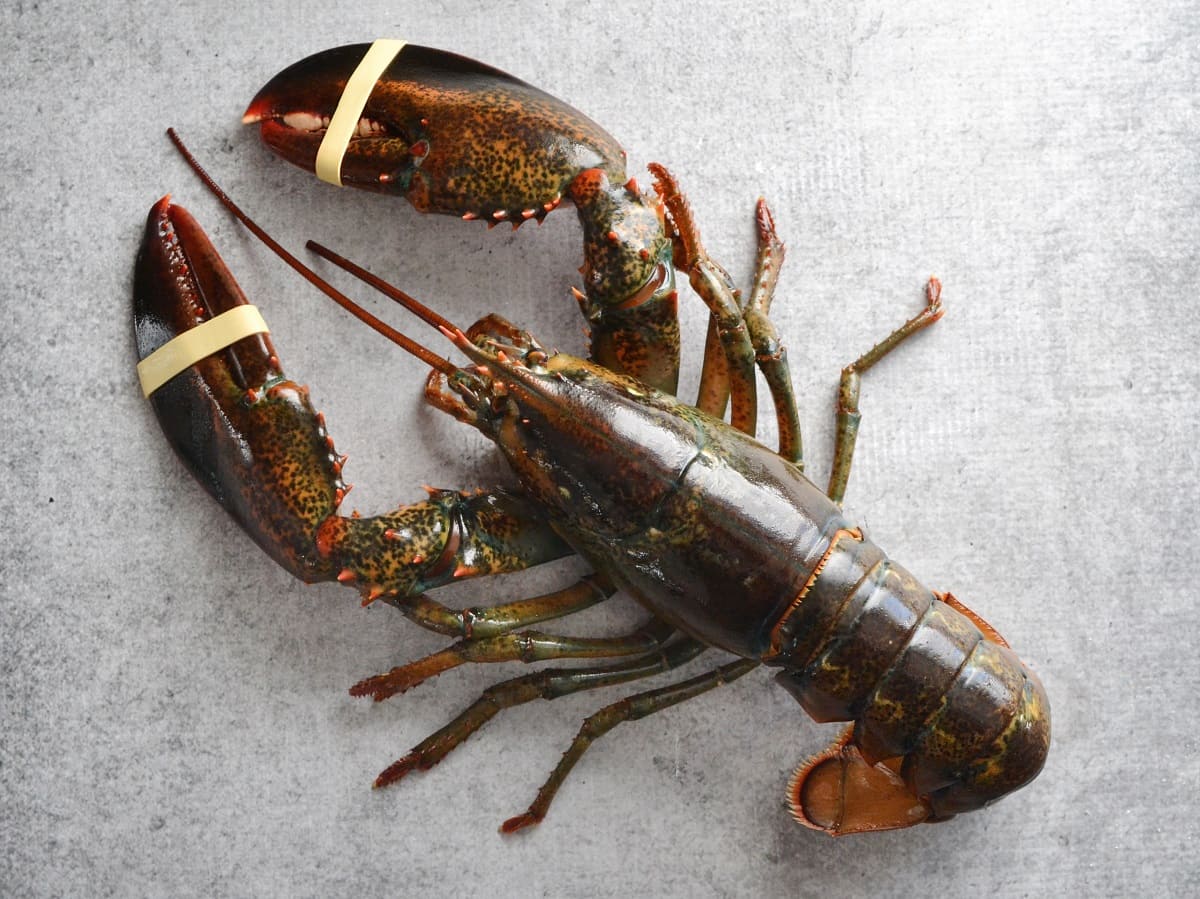


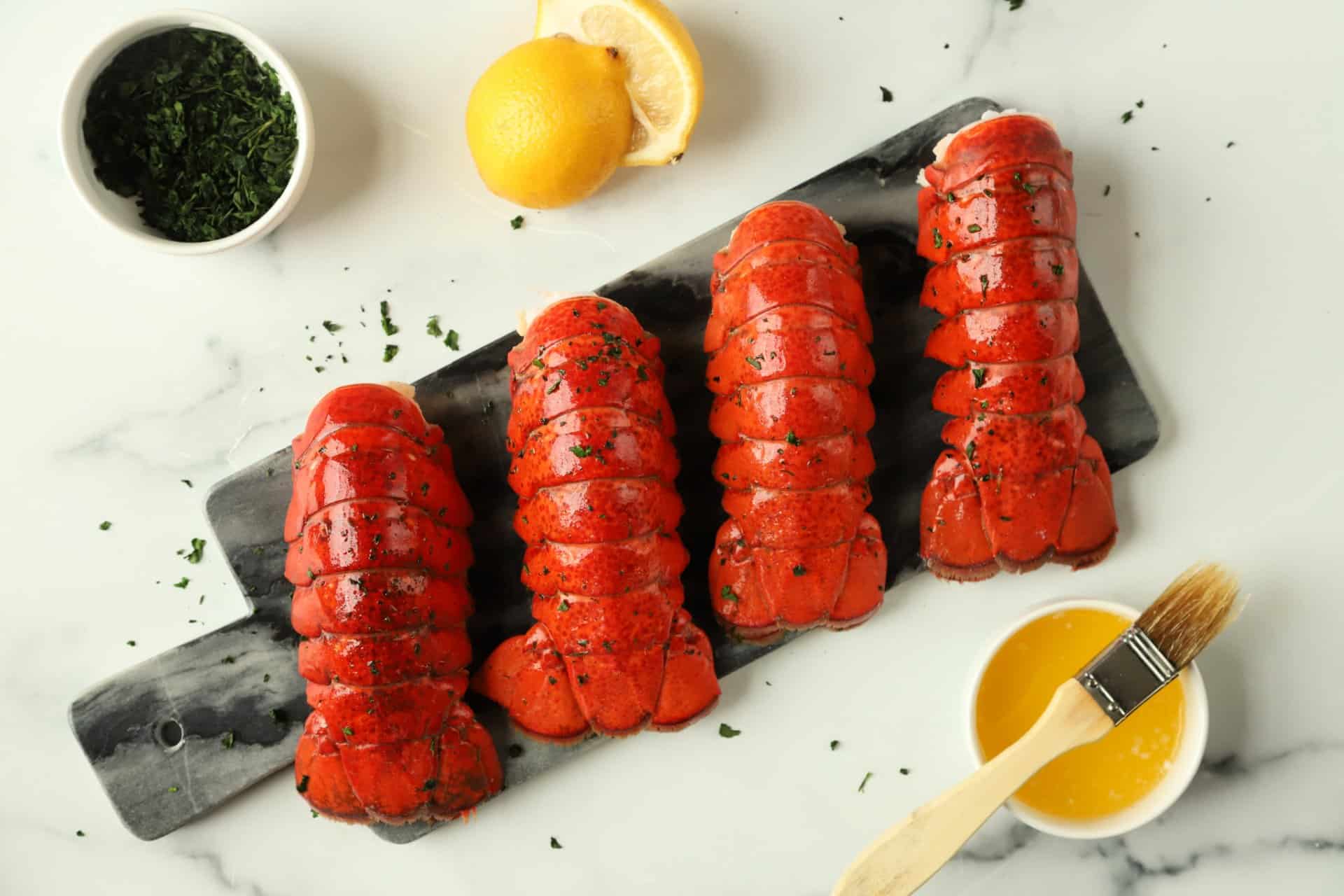

0 thoughts on “How To Store Live Lobsters”